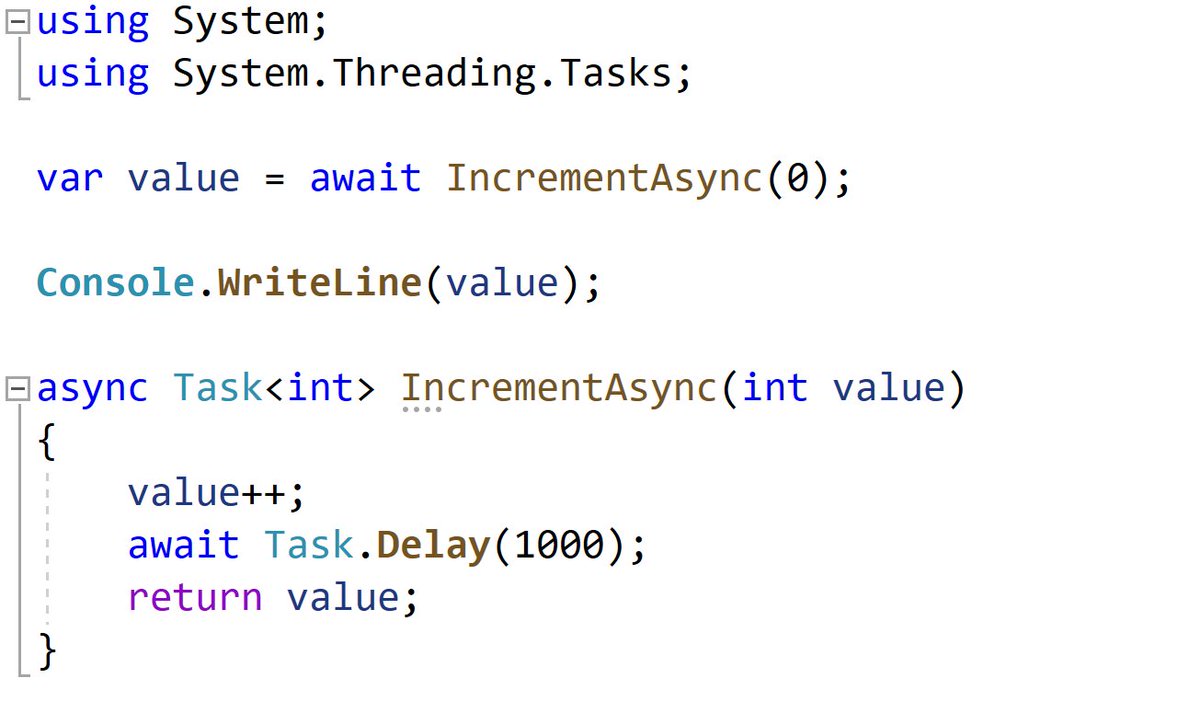
Week 2 of analyzing how goroutines pause and resume and how the networking stack and other subsystems interact with the primitives exposed by the runtime.
One of the things I appreciate about C# is how many low level features are directly exposed to users. #golang #dotnet
One of the things I appreciate about C# is how many low level features are directly exposed to users. #golang #dotnet
In golang, it's not possible for you to implement pausing and resuming of goroutines other than by using the primitives go offers, channels, network IO, timers (sleep). This is fine for most applications but comes with additional overhead.
I also learned that go's GC doesn't move pointers and therefore there's no way to pin memory when working with C interop. There's no equivalent to passing around a GCHandle in go, just don't pass things with managed pointers to C.
There's a proposal for pinning for a possible future where a moving/compacting GC is implemented github.com/golang/go/issu….
I really appreciated the level of control C# affords you here. Though it does complicate things, it's possible to re-implement almost anything the runtime can do itself, especially with the language and runtime becoming more capable.
• • •
Missing some Tweet in this thread? You can try to
force a refresh




